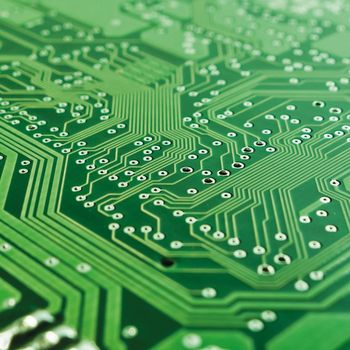
Determining the coating thickness of standard PCB applications must be fast, precise, non-destructive and cost effective. Ever-higher volumes of standard PCBs are being produced with ever-thinner coatings, often using precious metals and requiring testing on ever-smaller structures. Plus, to be suitable for this purpose any instrument must cope with further sample handling challenges such as flexible or oversized PCBs.
The x-ray fluorescence (XRF) method has been well established for its reliability and accuracy in measuring metallic coatings on PCBs. FISCHER offers with its dedicated X-Ray PCB family an extensive array of XRF products for analyzing and determining thickness of all the standard coatings used in practical applications on PCBs. Even complex multi-layer and (precious) alloy coating systems can be tested easily and accurately.
| 1st Layer | 2nd Layer | 3rd Layer | 4th Layer | |
|---|---|---|---|---|
| Measuring application | Typical Range | Typical Range | Typical Range | Typical Range |
| Au/Ni/Cu | 0.3 - 0.7 | 3 - 15 | 10 - 40 | -- |
| Au/NiP/Cu | 0.02 - 0.08 | 1 - 6 | 10 - 40 | -- |
| Ag/Cu | 0.1 - 0.5 | 10 - 40 | -- | -- |
| Sn/Cu | 0.5 - 9 | 10 - 40 | -- | -- |
| SnPd/Cu | 2.5 - 10 | 10 - 30 | -- | -- |
| Au/Pd/NiP/Cu | 0.02 - 0.08 | 0.03 - 0.1 | 1 - 6 | 10 - 40 |
With its focus on precision and trueness, FISCHER also provides a wide selection of calibration standards, produced in its own accredited calibration laboratory. To measure PCB layer thicknesses below 100 nm it is mandatory to calibrate the instrument with standards of similar thickness. For coatings below 50 nm FISCHER offers precise instruments with semiconductor detector.
The specially designed and developed FISCHER X-Ray PCB instruments perfectly meet the quality control needs of PCB manufacturers: Fast and easy-to-use, and equipped with matching calibration standards, they allow for highly precise, reliable and non-destructive measurements. For further information contact your local FISCHER sales representative.